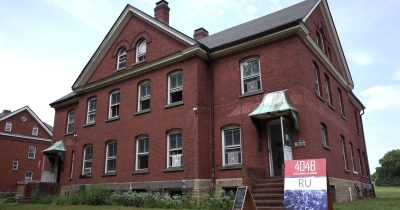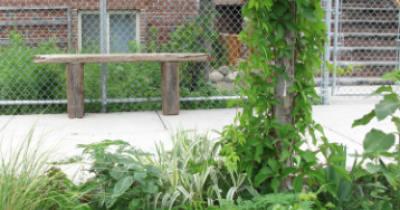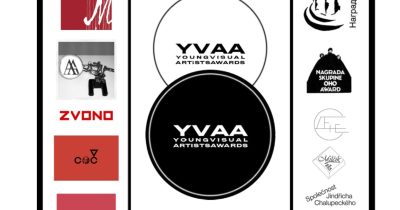Vanessa Safavi
«cloud metal cities»
Vernissage:
Friday 10 October 2014, 7pm
Exhibition through 8 November 2014
Over the past four years, Safavi has been working with plastics, principally silicone. Interested in the allegory of the beauty and its perversion, the transformation, its mutability and plasticity, Safavi develops a deep and fascinating research around silicones. She contrasts the origins of silicone by bringing up its playful, elastic aspect, which allows to produce fleshy and slimy surface works. Silicone molecules are the most common element in the universe by mass. Its molecules exist in the earth’s crust or in the air but they are also the basis of the widely used synthetic polymers called silicone (by polarization). Modern silicone had a large impact on the modern world economy, on chemical industry, electronic, computing, dentistry and medicine. The use of silicone in medicine and especially plastic surgery has been increasing immensely over the last decades.
However plastics and gums already have been explored through arts (Smithson, Bourgeois, Benglis, Thek, Kaufmann, Szapocznikow), literature (Jung, Leiris) and science fiction (Ballard, Pychon) among others, but the artist’s interest for the fleshy aspect of silicone allowed her to explore diverse forms of sexuality and fashion that evolve in our digital and contemporary era. Moreover Safavi’s interpretation of silicone relates to conceive and celebrate a sexualized and powerful body as a creative and communicative tool rather than an object.
In Sao Paulo she presents framed silicone, folded under the glass, the distorted surface still appears elastic and symbolize a sort of entropic whirlpool. Titled “Skin, body, air” they suggest the skin and the body as an connected envelope, an interior, both physically and conceptually. Safavi’s silicones are very much an allegory of the body performances and transformations but also holds a feminine and poetic part. They explore the concept of the body as a tool to colonize space and nature. In this context, Brazil’s enthusiastic sense of the cult of the body and body transformation is another layer to add to this work.
“histoires, historias” is the title of a photograph that introduces Safavi’s first exhibition in Brazil. On the image one can see a woman standing, wearing white jeans and a short top made from aluminum. Having arrived in Brazil a month ago, the artist could eventually understand the modernist heritage, the neo-concretism and abstraction traditions in Brazil. However the artist is not melancholic of modern times, yet more interested in how to interpret this imprint of the modernist model today in a Brazil growing so quickly, from a colonialist past to a new multicultural capitalist global culture. In her work, Safavi often questions the social and cultural collective as well as individual identities by using other cultures as raw material, analyzing them and incorporating them into her work. Opposing nature and science, culture and philosophy, she has been developing a new body of work, combining her research on plastics and other materials such as aluminum.
Cloud metal cities evokes this research on the potential of combining materials together. By using industrial materials with a poetic touch, Safavi introduces automatically new layers of interpretation. All materials are primarily signs that convey messages and information. Their materiality determines a cultural or a social value. “Cloud metal cities” works as a very simple collage of words that could relate to a science fiction scenario. The cloud – simultaneously natural and virtual – gathers the humidity of nature, the gases of the city and in the same time stocks a constant flux of digital information. Influenced by the crystallized visions of her travel the artist describes physically, emotionally, and virtually the city with a taste for a fantastic surrealism.
The choice to use aluminum came also as a reference to Lygia Cark’s sculptures “Bichos”. The small metal constructions were called “The Beasts” for their organic character. They represent the last stage of Lygia Clarks’s geometric research before she started exploring more conceptually ephemeral and sensory forms. In an attempt to refer to Lygia Clark’s body of work, Safavi designed a series sculptures made of aluminum sheets that evoke the failure to reproduce “The Bichos”. “Failed” because they have been existing in a context that has changed since, that only refers to a past, which the artist has never encountered. Safavi thus prefers to give them the shape of a new existence.
Displayed on the floor, they structure the void and remain sculptures at same time. As ruins in an abandoned city, their surfaces reflect all sources of light and sketch beautiful distorted, almost psychedelic images. Closer, crystalline dashes of a unknown liquid seem to flow down the metallic surfaces. Silent and enigmatic, almost invisible they could be tears or slobber but the title “Antropofàgia” remains clearly a reference to Clarke’s work and brazilian history. It evoke also the organic and the softness in a “swallowed-up” past and a raw physical murmur.
More informations :
http://kunsthallesaopaulo.hospedagemdesites.ws/wordpress2/?page_id=3123




